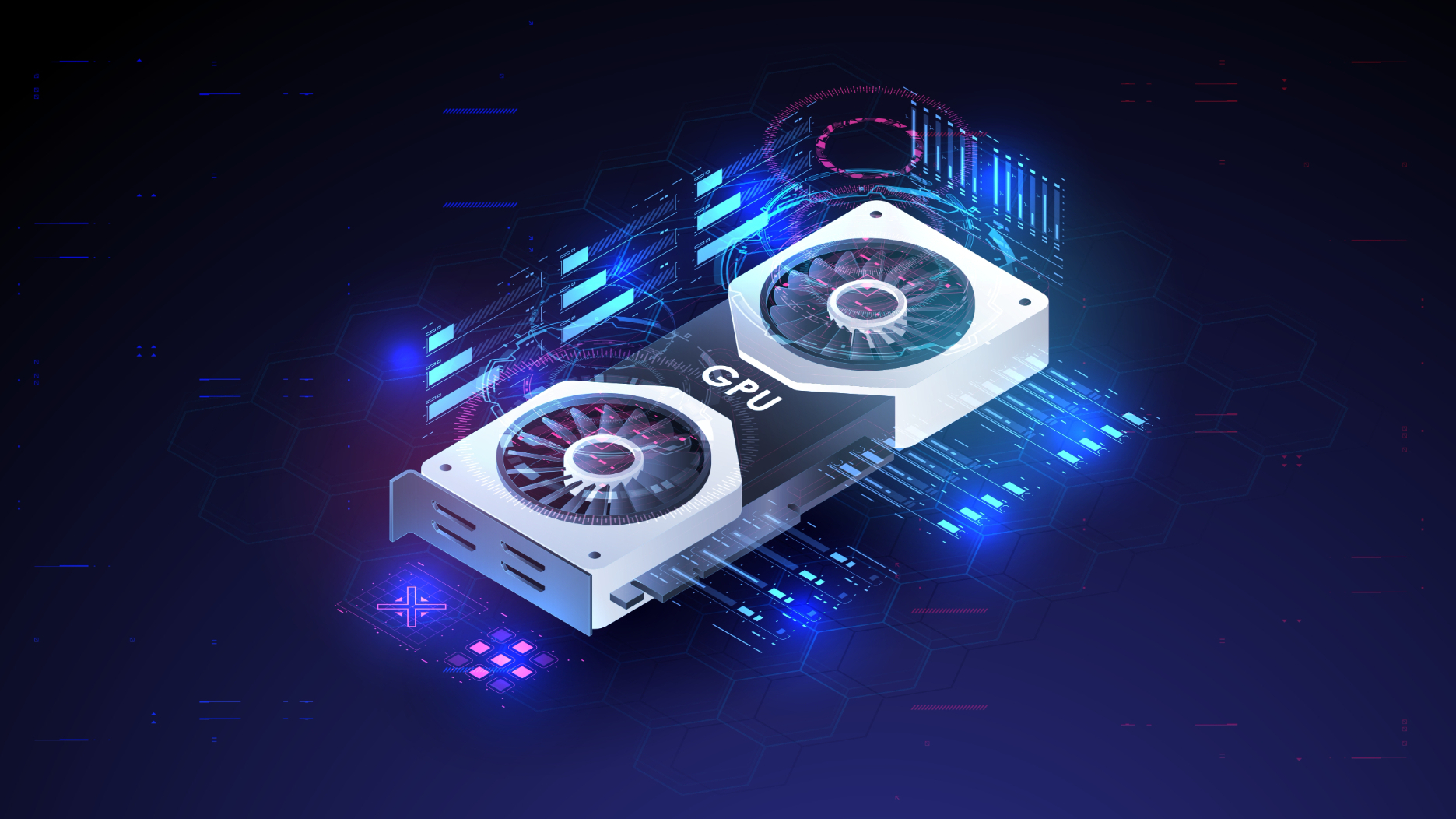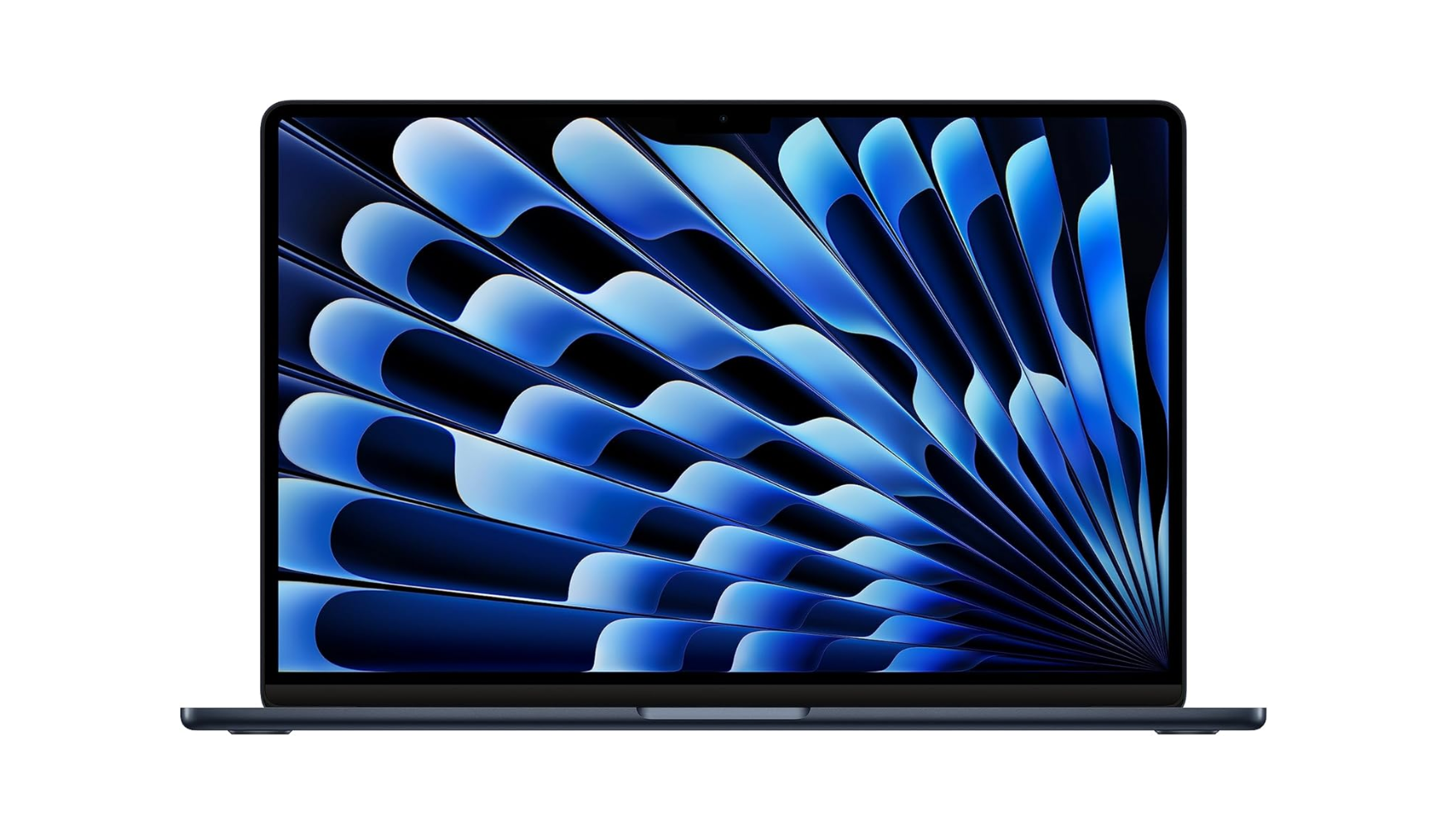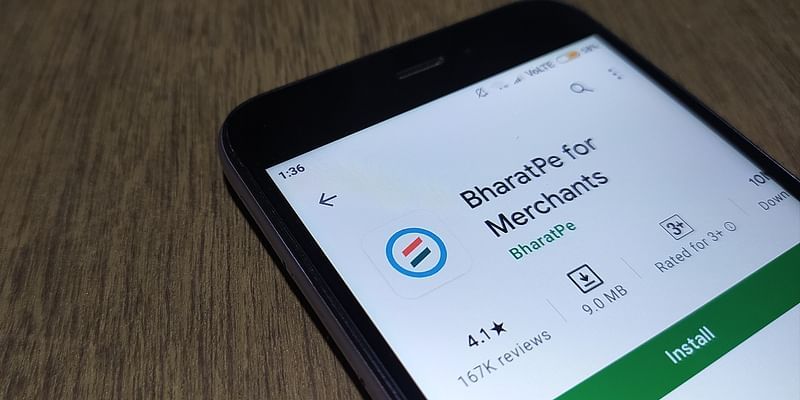Forget C and Rust – Python Is the Future of IoT!
The future of smart devices is being written in Python. Imagine a world where your home lights adjust automatically, industrial machinery predicts maintenance needs, and even your car communicates with your smartphone—all orchestrated by a programming language that’s as readable as plain English. Python isn’t just a tool for web apps or data science anymore; it’s emerging as the language of choice for the Internet of Things (IoT). In this article, we explore the key advantages that make Python stand out in the IoT landscape, how it competes with other languages like C, Rust, and JavaScript, and the challenges developers face when using it in resource-constrained, real-time environments. We’ll also dive into real-world examples from leading companies, include practical code samples, share statistics and resources, and provide insightful quote blocks to guide you on your journey. Python’s Unique Advantages in IoT Development 1. Ease of Development and Rapid Prototyping Python’s clear, concise syntax means that even newcomers can quickly write and understand code. This is especially important in IoT, where rapid prototyping is essential to test ideas and iterate fast. Instead of wrestling with complex low-level code, engineers can focus on the logic that makes smart devices “smart.” Info: “Python’s simple syntax and dynamic typing make it a fantastic choice for quickly developing and iterating on IoT projects.” — Developer Insight Example: Blinking an LED on Raspberry Pi using Python import RPi.GPIO as GPIO import time # Set the GPIO mode GPIO.setmode(GPIO.BOARD) # Configure pin 11 (GPIO17) as an output GPIO.setup(11, GPIO.OUT) try: while True: GPIO.output(11, GPIO.HIGH) # Turn LED on time.sleep(1) # Wait 1 second GPIO.output(11, GPIO.LOW) # Turn LED off time.sleep(1) # Wait 1 second except KeyboardInterrupt: print("Program stopped by user") finally: GPIO.cleanup() # Reset GPIO settings This simple script not only demonstrates basic hardware control but also shows how quickly you can go from concept to working prototype with Python. Stat: According to recent developer surveys, over 60% of IoT prototyping projects choose Python for its rapid development cycle. 2. Extensive Libraries and Ecosystem Python’s ecosystem is one of its greatest strengths. When developing IoT applications, you need libraries to handle everything from sensor data collection to communication protocols. Libraries such as RPi.GPIO or gpiozero for hardware control, Paho-MQTT for messaging, and NumPy/Pandas for data processing save countless hours of coding. Info: “With a library for nearly every task, Python enables developers to focus on building functionality rather than reinventing the wheel.” — Industry Expert Example: Publishing Sensor Data via MQTT import Adafruit_DHT import paho.mqtt.client as mqtt import time # Sensor configuration sensor = Adafruit_DHT.DHT22 sensor_pin = 4 # GPIO pin # MQTT configuration broker = "test.mosquitto.org" topic = "iot/sensor/temperature" client = mqtt.Client() client.connect(broker, 1883, 60) while True: humidity, temperature = Adafruit_DHT.read_retry(sensor, sensor_pin) if temperature: message = f"Temperature: {temperature:.1f}°C" client.publish(topic, message) print(message) else: print("Sensor error") time.sleep(5) This script reads temperature data from a DHT22 sensor and sends it to an MQTT broker every five seconds, illustrating Python’s seamless integration with cloud services. 3. Cloud Integration and Cross-Platform Compatibility Python runs on a wide range of operating systems—from Linux to Windows to macOS—and even on microcontrollers (using MicroPython or CircuitPython). This versatility makes it a top choice for IoT solutions that need to operate on diverse hardware and integrate with cloud services such as AWS, Google Cloud, or Microsoft Azure. Info: “Python’s cross-platform nature ensures that your IoT applications can move from a prototype on a Raspberry Pi to a full-scale deployment in the cloud with minimal changes.” — IoT Architect Resource: AWS IoT Python SDK Documentation 4. Balancing Performance and Flexibility While Python isn’t the fastest language in terms of execution speed, its ease of use and rapid development benefits often outweigh the performance trade-offs in many IoT applications. For time-critical tasks, developers can optimize parts of their code using C extensions or run performance-critical components in a lower-level language. Info: “In many IoT projects, the development speed and flexibility of Python provide a greater advantage than raw execution speed.” — Senior Embedded Developer Stat: In benchmarking studies, Python’s performance is up to 5-10 times slower than C; however, this is often acceptable for prototyping and many real-world IoT app

The future of smart devices is being written in Python.
Imagine a world where your home lights adjust automatically, industrial machinery predicts maintenance needs, and even your car communicates with your smartphone—all orchestrated by a programming language that’s as readable as plain English. Python isn’t just a tool for web apps or data science anymore; it’s emerging as the language of choice for the Internet of Things (IoT).
In this article, we explore the key advantages that make Python stand out in the IoT landscape, how it competes with other languages like C, Rust, and JavaScript, and the challenges developers face when using it in resource-constrained, real-time environments. We’ll also dive into real-world examples from leading companies, include practical code samples, share statistics and resources, and provide insightful quote blocks to guide you on your journey.
Python’s Unique Advantages in IoT Development
1. Ease of Development and Rapid Prototyping
Python’s clear, concise syntax means that even newcomers can quickly write and understand code. This is especially important in IoT, where rapid prototyping is essential to test ideas and iterate fast. Instead of wrestling with complex low-level code, engineers can focus on the logic that makes smart devices “smart.”
Info:
“Python’s simple syntax and dynamic typing make it a fantastic choice for quickly developing and iterating on IoT projects.”
— Developer Insight
Example: Blinking an LED on Raspberry Pi using Python
import RPi.GPIO as GPIO
import time
# Set the GPIO mode
GPIO.setmode(GPIO.BOARD)
# Configure pin 11 (GPIO17) as an output
GPIO.setup(11, GPIO.OUT)
try:
while True:
GPIO.output(11, GPIO.HIGH) # Turn LED on
time.sleep(1) # Wait 1 second
GPIO.output(11, GPIO.LOW) # Turn LED off
time.sleep(1) # Wait 1 second
except KeyboardInterrupt:
print("Program stopped by user")
finally:
GPIO.cleanup() # Reset GPIO settings
This simple script not only demonstrates basic hardware control but also shows how quickly you can go from concept to working prototype with Python.
Stat: According to recent developer surveys, over 60% of IoT prototyping projects choose Python for its rapid development cycle.
2. Extensive Libraries and Ecosystem
Python’s ecosystem is one of its greatest strengths. When developing IoT applications, you need libraries to handle everything from sensor data collection to communication protocols. Libraries such as RPi.GPIO or gpiozero for hardware control, Paho-MQTT for messaging, and NumPy/Pandas for data processing save countless hours of coding.
Info:
“With a library for nearly every task, Python enables developers to focus on building functionality rather than reinventing the wheel.”
— Industry Expert
Example: Publishing Sensor Data via MQTT
import Adafruit_DHT
import paho.mqtt.client as mqtt
import time
# Sensor configuration
sensor = Adafruit_DHT.DHT22
sensor_pin = 4 # GPIO pin
# MQTT configuration
broker = "test.mosquitto.org"
topic = "iot/sensor/temperature"
client = mqtt.Client()
client.connect(broker, 1883, 60)
while True:
humidity, temperature = Adafruit_DHT.read_retry(sensor, sensor_pin)
if temperature:
message = f"Temperature: {temperature:.1f}°C"
client.publish(topic, message)
print(message)
else:
print("Sensor error")
time.sleep(5)
This script reads temperature data from a DHT22 sensor and sends it to an MQTT broker every five seconds, illustrating Python’s seamless integration with cloud services.
3. Cloud Integration and Cross-Platform Compatibility
Python runs on a wide range of operating systems—from Linux to Windows to macOS—and even on microcontrollers (using MicroPython or CircuitPython). This versatility makes it a top choice for IoT solutions that need to operate on diverse hardware and integrate with cloud services such as AWS, Google Cloud, or Microsoft Azure.
Info:
“Python’s cross-platform nature ensures that your IoT applications can move from a prototype on a Raspberry Pi to a full-scale deployment in the cloud with minimal changes.”
— IoT Architect
Resource:
4. Balancing Performance and Flexibility
While Python isn’t the fastest language in terms of execution speed, its ease of use and rapid development benefits often outweigh the performance trade-offs in many IoT applications. For time-critical tasks, developers can optimize parts of their code using C extensions or run performance-critical components in a lower-level language.
Info:
“In many IoT projects, the development speed and flexibility of Python provide a greater advantage than raw execution speed.”
— Senior Embedded Developer
Stat: In benchmarking studies, Python’s performance is up to 5-10 times slower than C; however, this is often acceptable for prototyping and many real-world IoT applications where task complexity is low.
Python vs. Competitors in the IoT Space
Python vs. C/C++
C and C++ offer high performance and low memory usage, which are crucial for certain real-time systems. However, they demand a steep learning curve and longer development cycles. Python sacrifices some speed but makes development faster and code more maintainable.
Python vs. Rust
Rust offers excellent memory safety and speed. Yet, its ecosystem is not as mature as Python’s, and its complexity can slow down rapid prototyping. Python’s vast libraries and simplicity make it ideal for projects where development speed is prioritized.
Python vs. JavaScript
JavaScript (Node.js) is strong for web-based real-time applications. However, Python’s deep libraries for scientific computing and machine learning (e.g., TensorFlow, Pandas) give it an edge in processing IoT sensor data and building robust backend systems.
Quote (Info):
“Every language has its strengths. Python’s strength lies in its versatility and speed of development, making it an excellent fit for IoT where time-to-market is critical.”
— Tech Industry Leader








































































































































































![[The AI Show Episode 143]: ChatGPT Revenue Surge, New AGI Timelines, Amazon’s AI Agent, Claude for Education, Model Context Protocol & LLMs Pass the Turing Test](https://www.marketingaiinstitute.com/hubfs/ep%20143%20cover.png)


















































































































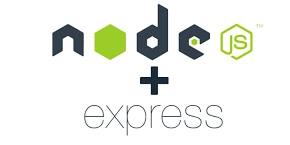
















![From drop-out to software architect with Jason Lengstorf [Podcast #167]](https://cdn.hashnode.com/res/hashnode/image/upload/v1743796461357/f3d19cd7-e6f5-4d7c-8bfc-eb974bc8da68.png?#)
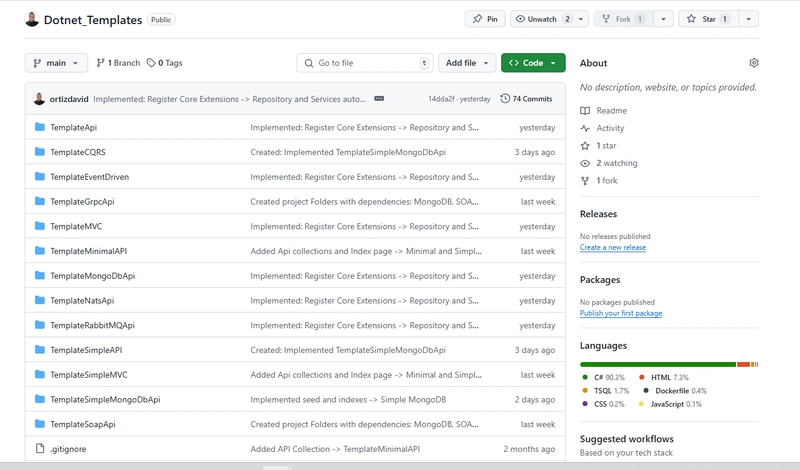









































































































.jpg?#)
















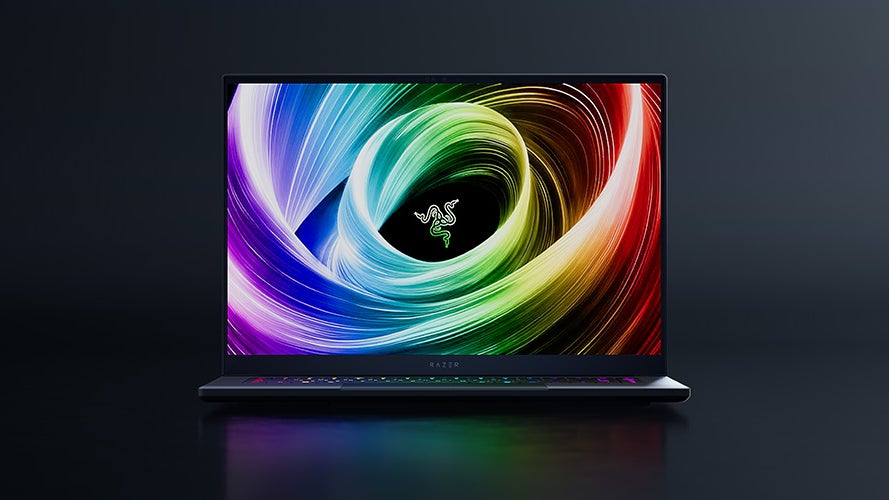











_ArtemisDiana_Alamy.jpg?#)













































































-xl.jpg)






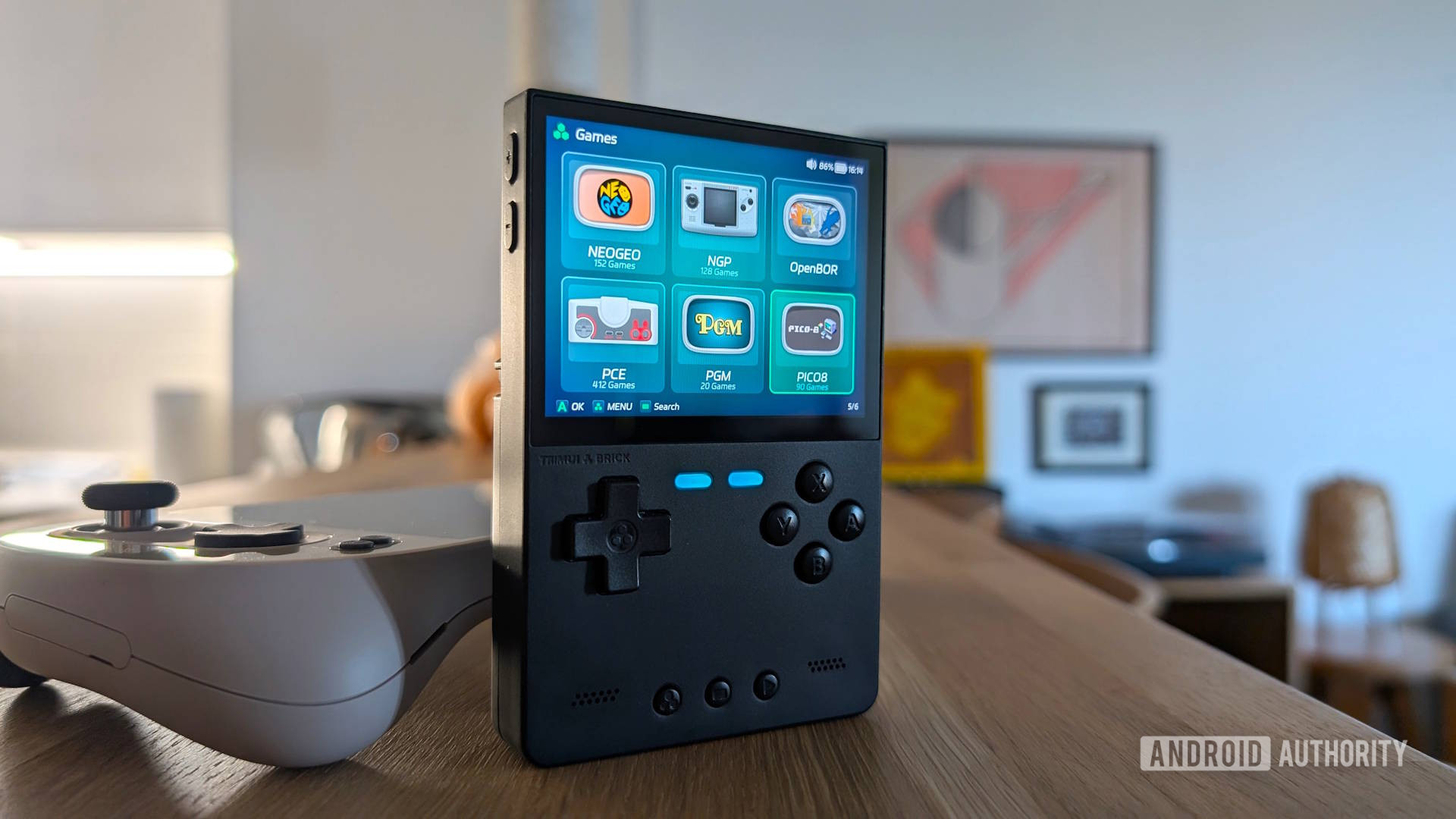





![Yes, the Gemini icon is now bigger and brighter on Android [U]](https://i0.wp.com/9to5google.com/wp-content/uploads/sites/4/2025/02/Gemini-on-Galaxy-S25.jpg?resize=1200%2C628&quality=82&strip=all&ssl=1)











![Apple Rushes Five Planes of iPhones to US Ahead of New Tariffs [Report]](https://www.iclarified.com/images/news/96967/96967/96967-640.jpg)
![Apple Vision Pro 2 Allegedly in Production Ahead of 2025 Launch [Rumor]](https://www.iclarified.com/images/news/96965/96965/96965-640.jpg)



















